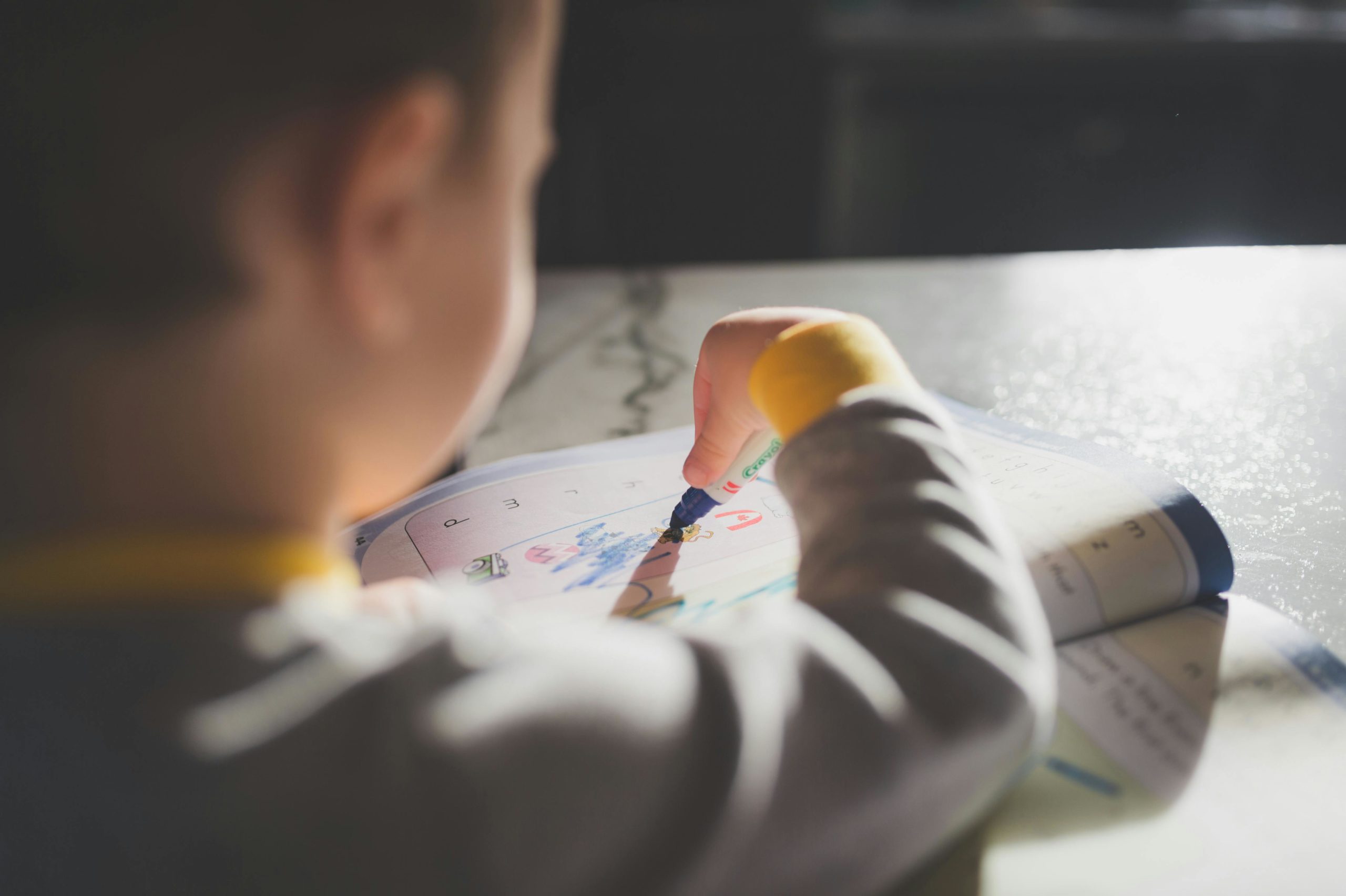Child rights-based methods in times of conflict
Eurochild's member Terre des Hommes presents its participatory research and practice with children in Ukraine.
Although Article 12 of the UN CRC enshrines children’s rights to be heard in international law, many child protection practitioners around the world struggle to put this right into practice. In humanitarian crises, upholding children’s rights to be heard is even more challenging. While there is a growing body of evidence highlighting the significant contributions that children and youth can make in situations of conflict, relief, recovery and reconstruction processes, their capacities and contributions continue to be underestimated by adults, from both research and practice communities.
To fill this gap, the Centre for Children’s Rights at Queen’s University Belfast, Northern Ireland, worked with Terre des hommes (Tdh) to develop a child rights-based online survey for Ukrainian children affected by the war. We wanted to know how children’s rights were affected during the war, and what children wanted to see adults do to support them. This report shares what Ukrainian children in both Ukraine and other countries where children had moved to because of the war told us in the survey. By hearing directly from children, practitioners and decision-makers can better understand what children really need and want.
Read the full Children’s Rights in Ukraine Report in English and Ukrainian.
A children’s rights-based research in humanitarian settings can set a robust foundation for a community-owned child protection where the rights of children are localised and operationalised in their entirety. To support such important processes, Tdh developed “Walking the JOURNEY amidst Challenging Circumstances: A methodological toolbox for establishing, supporting, and sustaining Children & Youth Advisory Boards along the nexus approach in Ukraine”, available in both English and Ukrainian, offers a range of knowledge and practical activities on how to safely, ethically, and meaningfully engage children and youth in advisory roles and decision-making processes.





